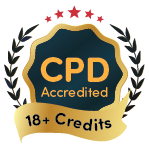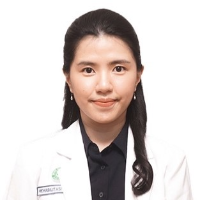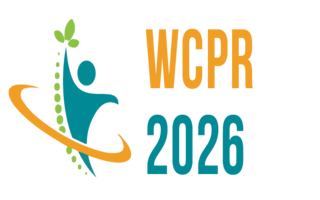3rd World Congress on
Physical Medicine and Rehabilitation
March 26-27, 2026 | Osaka, Japan

Address: 1 Chome-9-15 Shinkitano, Yodogawa Ward, Osaka, 532-0025, Japan.
WCPR 2026

Airlangga University, Indonesia
Abstract:
Frozen shoulder with a partial supraspinatus tear significantly impacts the elderly, causing pain and restricted mobility. Arthroscopic debridement and acromioplasty can relieve symptoms, but recovery depends on structured rehabilitation, which is more challenging in patients with comorbidities such as diabetes and obesity. Diabetes may delay recovery by impairing microvascular circulation, reducing collagen quality, and prolonging inflammation, which can hinder tendon healing and joint mobility.
A 65-year-old female with type 2 diabetes and obesity presented 5 weeks after undergoing right shoulder arthroscopic debridement, acromioplasty, and manipulation under anesthesia. Intraoperative findings revealed partial supraspinatus tear and capsulitis. She reported persistent pain (WBS 5–8), difficulty lifting her arm, and partial dependence in ADL. Physical examination revealed tenderness around the surgical site, slight supraspinatus atrophy, limited shoulder ROM (flexion, abduction, extension 45°; internal rotation 30o, external rotation 20°, adduction 5o), and reduced strength (MMT 3 with pain). Comprehensive geriatric assessment indicated obesity (BMI 34.4), uncontrolled diabetes (HbA1c 6.5%), moderate frailty, fatigue, and kinesiophobia.
Rehabilitation program included pain management (Laser, High-TENS), gentle A/AROM, pendulum exercises, scapular mobilization, and isometric strengthening. Exercises progressed to isotonic strengthening using resistance bands and dumbbells, scapular stabilization, aerobic cycling and functional training. Weight management & and diabetes regulation were emphasized as part of the rehabilitation to optimize recovery. A major advantage of this program was that exercises could be performed independently at home, complementing in-clinic modalities. By 13 weeks, the patient achieved full ROM, was pain-free, independent in ADL, improved from moderate to mild frailty and fatigue, no kinesiophobia.
Biography:
Jessica Leoni has completed her Medical Doctor Degree at the age of 24 years from Airlangga University. She is a resident in the Physical Medicine & Rehabilitation Department at Dr. Soetomo General Academic Hospital, Airlangga University, Indonesia. Currently, she manages various cases in outpatient clinics and inpatient wards in this tertiary hospital, including geriatric patients, post-operative cases, and those with multiple comorbidities. She is challenged by adapting rehabilitation programs for patients with limited hospital therapy access & financial limitations, ensuring continuity of care with modified home-based exercise plans.
